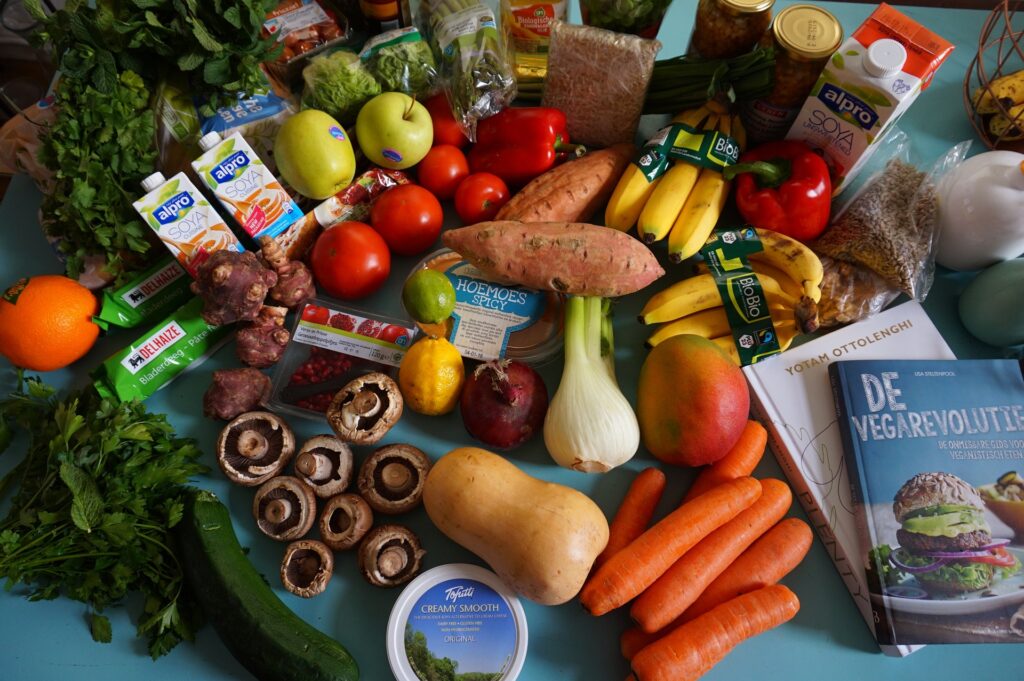Why Food Prices May Only Keep Getting Higher
Global unrest, extreme drought, inflation and an imminent rail strike are compounding together to keep food prices elevated.
This article is more than 2 years old
While people struggle with high rent prices and an energy crisis, consumers now have to deal with food prices rising steadily into the holiday season. While it is getting increasingly more expensive for the most basic of things, consumers expected a slowdown in inflation this year. Unfortunately, food prices are forecast to keep increasing well into the latter part of the year and maybe next year.
Since the gasoline prices dropped in August, elated consumers expected that inflation would start to decline slowly, and the hyperinflation everyone has been subjected to over the last year has finally come to an end. Even though gasoline prices dropped, the Consumer Price Index, as reported by CNBC and the Bureau of Labor Statistics, increased by 0.1% in August, while it gained 0.1% for the month, it has gained 8.3% over 2022. This increase is due to the rise across a broad array of goods and services such as healthcare, rent, restaurant meals, and furniture.
Food Prices Right Now

The average consumer’s food prices increased 11.4% from the same month in 2021. The inflation on food has risen to its highest in more than 40 years. This increase is driven by the war in Ukraine, the COVID-19 pandemic, drought in agricultural regions, and ‘Brexit.’
American farmers also have to pay higher prices for gasoline, wages, and packaging to even get home-grown food to the store shelves. Restaurant meals also rose by 0.9% in August, while it is up 8% from this time last year. Individual foods such as cereals and bakery products were up by 1.2%. Household staples such as meat, poultry, fish grains, coffee, and eggs rose by 0.5%, according to the New York Times.
Global Economic Crisis
Vladimir Putin, the President of Russia, also gave an ambiguous answer as to whether he will allow Ukraine to export grains this winter, which could increase their price. India banned the exportation of one type of rice and placed a tax on the rest to try and decrease domestic inflation.
While Federal officials believed inflation is starting to slow down, from seeing the new figures will be glad they took the aggressive approach by raising the benchmark on short-term loans in an effort to battle hyperinflation. They believe this will help slow down the economy so it can grow at a more controlled rate. It may be the case that they might raise the benchmark by an entire percentage point instead of a three-quarter percentage point, as previously thought by economists.
Along with various other global issues, a looming domestic rail strike could drive inflation further, with a wide range of goods, such as food, metal, and auto parts, being transported across the USA by rail. It seems contrary to what consumers hoped; the global hyperinflation is not going away just yet, with the winter and holiday season looking financially tight for many Americans. With the price of essential items such as food reaching an all-time high, we can only hope the financial landscape of the future will quickly change for the better.




